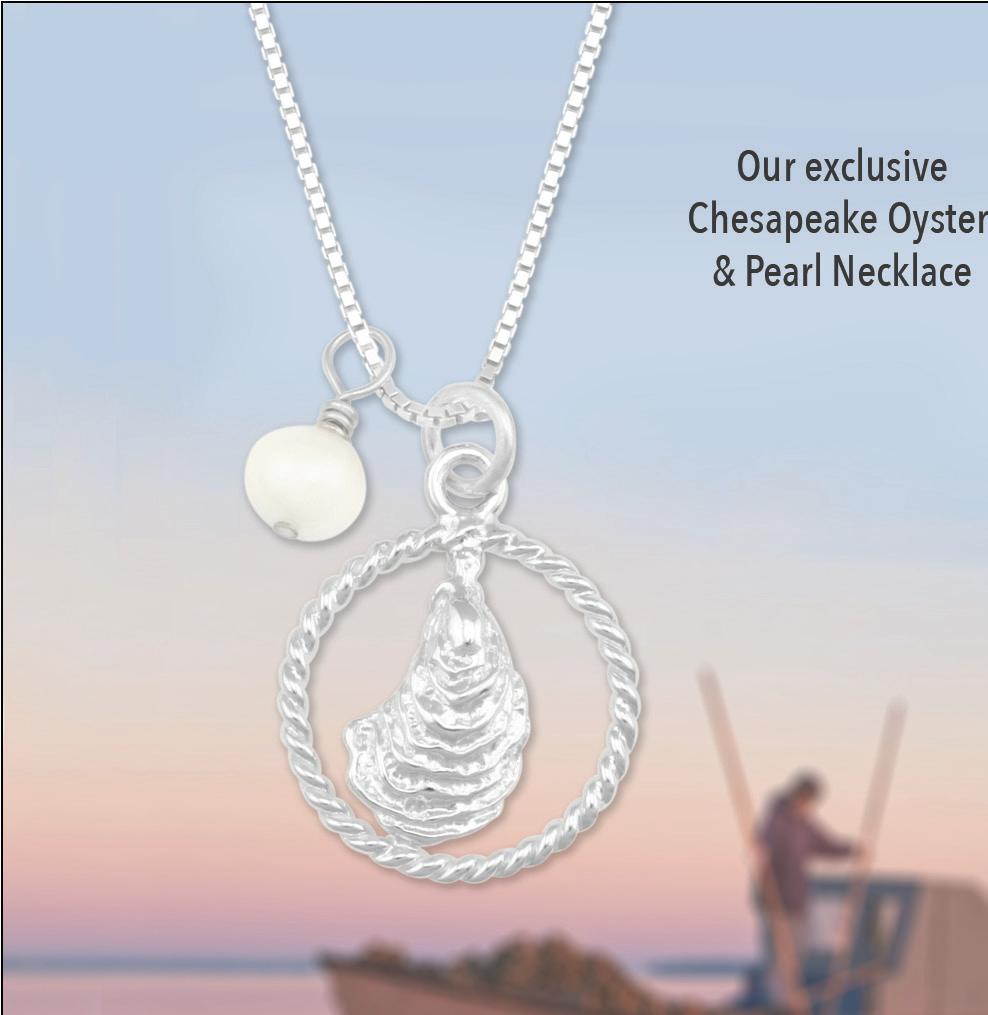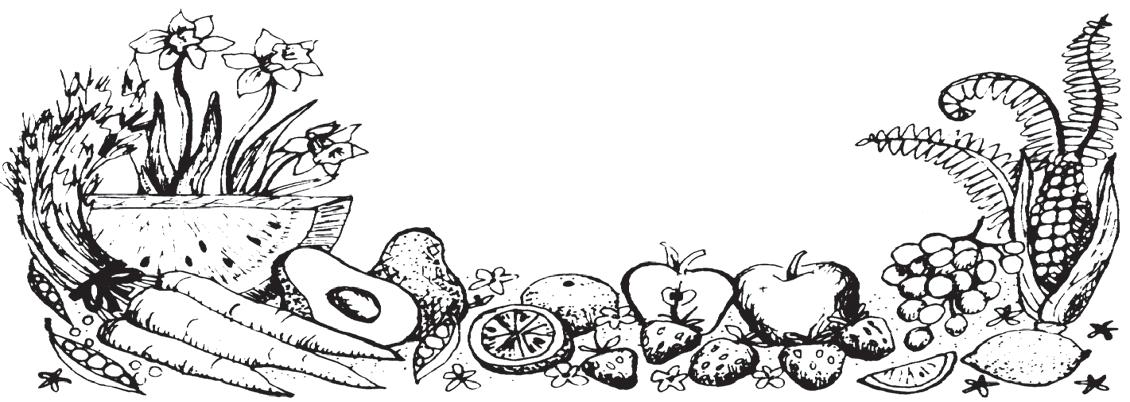
9 minute read
Tidewater Gardening: K. Marc Teff eau
TIDEWATER GARDENING
by K. Marc Teffeau, Ph.D.
A Change of Season
The change in the season is now apparent. Fall has now arrived, and a certain “nip” and fragrance are in the air. The days are growing shorter, the afternoon shadows are longer and the deciduous shrubs and trees are coloring up. Most homeowners think of spring as the best time to plant trees and shrubs in the landscape. One of the reasons for this is the general spring gardening push and the availability of many balled and burlapped and container-grown woody ornamentals at the garden centers and nursery lots.
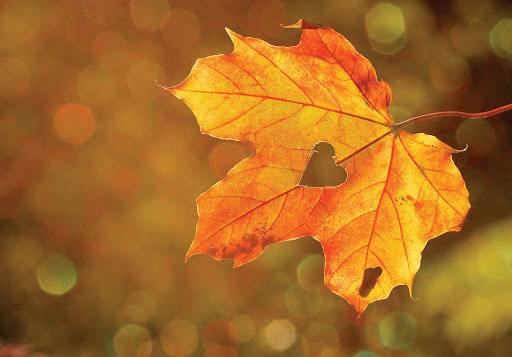
However, October and November are generally considered the best time for moving woody shrubs and trees in the landscape. The cooler temperatures and increased rain will help them take root and become established with less transplant shock. The roots of woody plants will continue to grow until the soil temperature is consistently below 40⁰.
A rule of thumb is to transplant deciduous trees and shrubs after they become dormant, usually after the first or second hard frost. You can also transplant evergreen trees and shrubs earlier in the fall before they become dormant. The exception to fall transplanting is evergreen seedlings like pines.
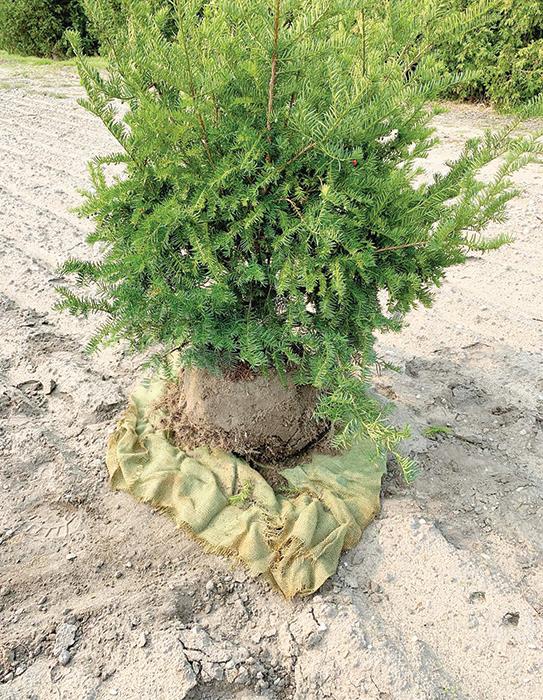

Rt. 50 at Rt. 565, 2 mi. South of Easton
410-822-8866 www.riodelmarent.com

SALES - PARTS - SERVICE
RIO DEL MAR ENTERPRISES
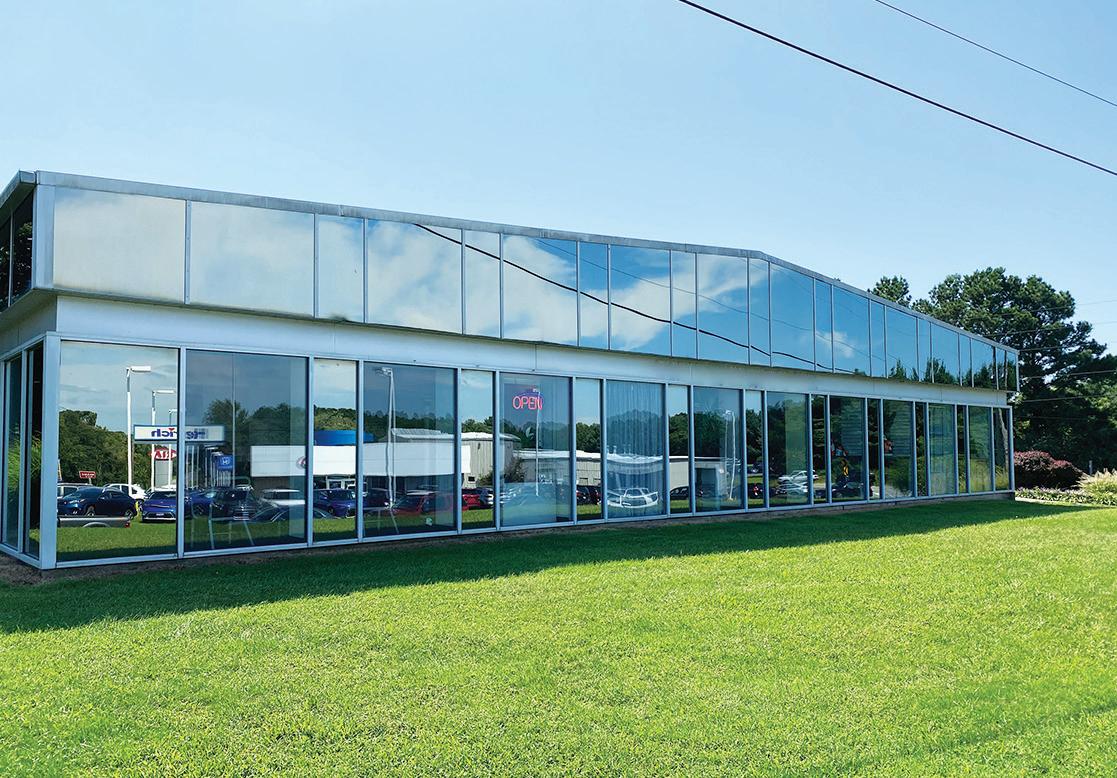
LOOK FOR US IN OUR NEW LOCATION!
The former Salisbury Pewter building, Rt. 50 - 2 miles south of Easton
Tidewater Gardening enjoyed for much longer than the plant’s flowers in spring. For this They do very poorly when trans- reason, it may be more desirable planted in the fall because they are when selecting trees and shrubs for not able to develop a sound root the landscape to plan for greater system before winter sets in. The emphasis on their fall features. same principle applies to digging up and transplanting established evergreens in the landscape in the fall. Wait until early next spring to do this type of transplanting.
Contrary to popular gardening opinion, it is not recommended that you “amend” the planting soil for shrubs and trees. It is impossible to amend the entire soil area into which the plant will grow, and amending a small area only makes one more interface the roots must grow through. Instead, work up the native soil in a wide area so the roots can quickly spread into Red is one of the dominant fall the soil in which they will now live. colors in our temperate climate. However, amendments are helpful Trees whose foliage turns red in when planting a raised annual or the fall include dogwood, sweetperennial bed where the entire soil gum and red and scarlet oak. Remass can be amended. Also, do not member, the tree’s genetic makeup prune out the tops of trees when more strongly influences that fall transplanting. The only pruning color than does the environment. that should be done at planting is However, the type of growing seathe removal of any damaged limbs son the tree has been through inor branches. fluences the intensity of the color.
When selecting accent plants Trees selected in the fall when for fall planting, consider their au- they are in full color can be extumn color. Make a note of plants pected to produce the same colors displaying outstanding fall colors in future years. Red maple is a as you drive around town or in the standard tree for good fall color. country. You may wish to incorpo- Cultivars of red maple that disrate some of them into your own play distinctive colors include ‘Red landscape. Fall color often can be Sunset,’ ‘October Glory’ and ‘Au84

tumn Flame.’ Other native trees that I like to recommend for planting include Serviceberry or Shadberry (Amelanchier spp.), Sweetgum (Liquidambar spp.), and Black Gum or Black Tupelo (Nyssa sylvatica).
Shrubs with good red fall color include viburnum, winged euonymus and barberry. An excellent native shrub species that you might want to consider is Virginia Sweetspire (Itea virginica ‘Henry’s Garnet’). It is a medium-sized shrub that spreads by rhizomes, ultimately forming a large stand if left unchecked. This deciduous shrub is loaded with 2- to 6-inch-long racemes of fragrant white flowers that last two to three weeks in late spring. Virginia Sweetspire prefers moist, fertile soil but is adaptable to full sun or partial shade. It has no significant disease or insect problems and is tolerant of low, wet sites.
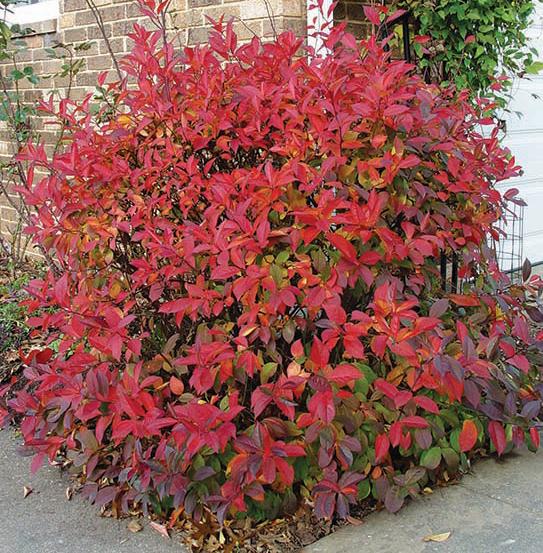
FRANK E.DAFFIN, INC.
Quality Builders Since 1936
410-822-2364 MHIC #1857 MHBR #877
frankedaffininc.com · fedaffin@atlanticbb.net
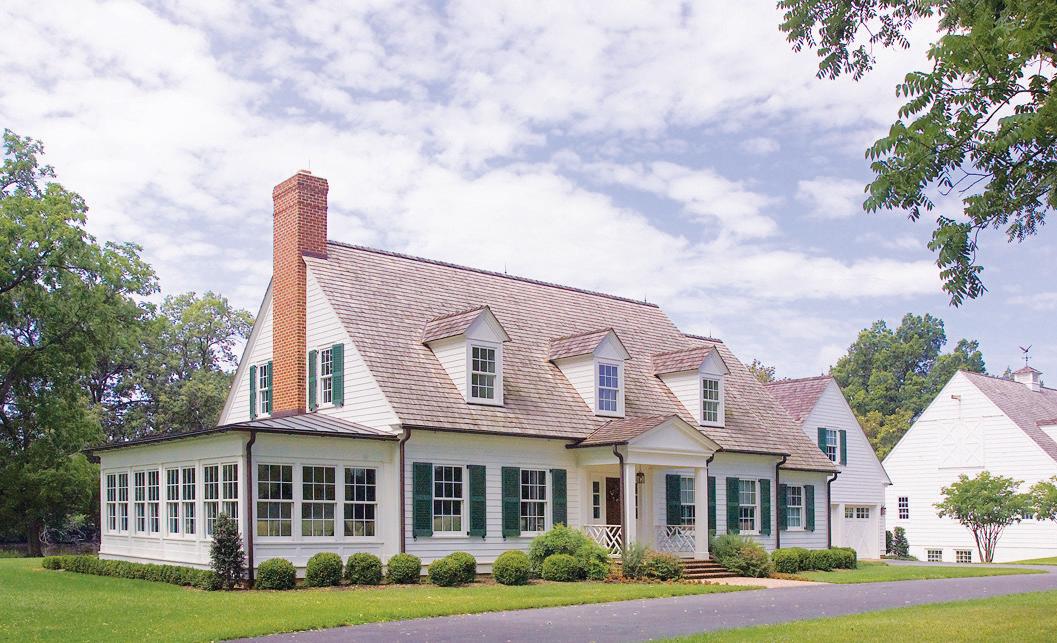

Tidewater Gardening spring’s flower display. To prevent reducing next year’s bloom, don’t prune spring-flowering shrubs until after they bloom next spring. Old, fallen leaves may contain disease inoculum for next year’s plant infections. Remove any infected debris from around the plant’s base and dispose of it. I usually recommend mulching newly planted trees and shrubs to reduce weed problems and to conserve moisture. In fall, however, it is usually a good idea to wait to mulch until after the soil temperatures have reached 32°. Mulches applied too early can do more harm
Numerous native perennial than good. Mulch is used to keep flowers and grasses provide ex- soil temperatures constant and cellent fall color. These include prevent frost heaving, not to keep Bluestar or Blue Dogbane (Amso- the soil warm. In October, the trees nia tabernaemontana), Blazing and shrubs start to harden for the Star or Gay Feather (Liatris spp.) upcoming cold weather. To encourand American senna (Senna he- age this process, remove mulch becarpa). If you like grasses, then from around the stems of shrubs Little Bluestem (Schizachyrium and trees. This practice will also scoparium), a perennial, warm- discourage mice and vole damage season grass with attractive blue- to the stems during the winter. green fall color, would be a good Keep your trees healthy by waaddition. tering deeply, pruning out all wilt-
October is an excellent time to do maintenance on the trees and shrubs in the landscape. While you can still identify them easily, prune dead and diseased branches from trees and shrubs. Remember, however, that spring-flowering shrubs like azaleas, rhododendrons, forsythia and spireas have already set or are forming their buds for next “Just say no” to mulch volcanoes! 86
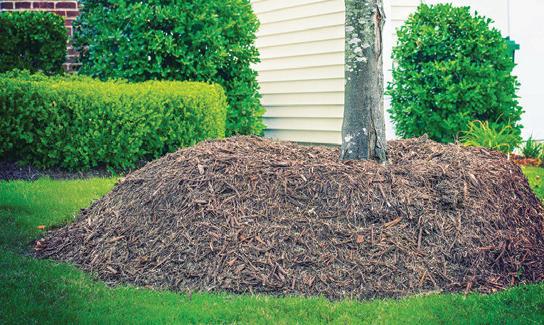
ed and dead branches and fertilizing in the fall or late winter with a balanced fertilizer with an N:P:K ratio of 2:1:2. Avoid damaging the roots with salt from sidewalks and roadways during the winter, and avoid cultivation around the trees.
Conifers in the landscape that are exhibiting poor color or weak growth may respond to fertilizer applied between mid-October and mid-March. Light pruning of needled and broad-leafed evergreens is recommended in late fall to encourage a strong framework to help the plant overcome snow damage. Remove any weak or crowded branches.
Remember to water evergreen shrubs thoroughly before the ground freezes, especially if we have a dry fall. Evergreens continue to lose water by transpiring during the winter, but when the ground is frozen, the roots cannot replenish the moisture lost through the leaves or needles. Also, hold a bag-
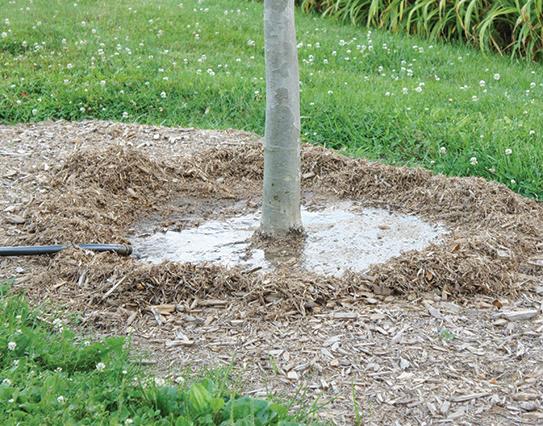
C. ALBERT MATTHEWS
INC.
Where Integrity Meets Innovation CARRIER 360° ENERGY AUDIT WATER PURIFICATION SYSTEMS PLUMBING-HEATING-AIR CONDITIONING GEOTHERMAL-SOLAR-NEW INSTALLATION ELECTRICAL-REPAIR & MAINTENANCE EFFICIENCY-SAFETY-COMFORT
WWW.CALBERTMATTHEWSINC.COM 410-822-0900
worm picking party in October to remove the bags from cedars and arborvitae shrubs and trees. Doing this will help reduce the spring hatch from over-wintered eggs in the bags and help to reduce the amount of spraying you may have to do next year.
Now is the time to clean up the vegetable garden. If the ground in your vegetable garden is dry and workable and the garden site is not subject to soil erosion, consider doing a fall plowing and letting the ground lay exposed over the winter. Late-fall tilling can help control insects such as corn borer, corn earworm, cucumber beetle, squash bug and vine borer because it exposes over-wintering insects to winter conditions. It also makes soil preparation easier in spring.
Another alternative practice is to mulch the entire garden in the fall with straw to a depth of 4 to 6 inches. In spring, only pull back the mulch in the areas that you plan to plant. However, you will need to do this a couple of weeks before planting to give the soil time to warm up.
If there is a threat of frost at

night, harvest your cucumber, eggplant, melon, okra, pepper and summer squash so the fruits are not damaged by the frost. Hot peppers store well dry. Pull the pepper plants up and hang them up or pick the peppers and thread on a string. Store in a cool, dry place.
Tomatoes need an average daily temperature of 65° or more for ripening. If daytime temperatures consistently are below this, pick fruits that have begun to change color and bring them inside to ripen. Use recipes that require green tomatoes, or place a ripe apple in a closed container with green tomatoes to encourage the tomatoes to turn red. Ripe apples give off ethylene gas, which causes tomatoes to ripen.
Cure pumpkins and Hubbard and butternut squashes at temperatures between 70-80° for two to three weeks immediately after harvest. After curing, store them in a
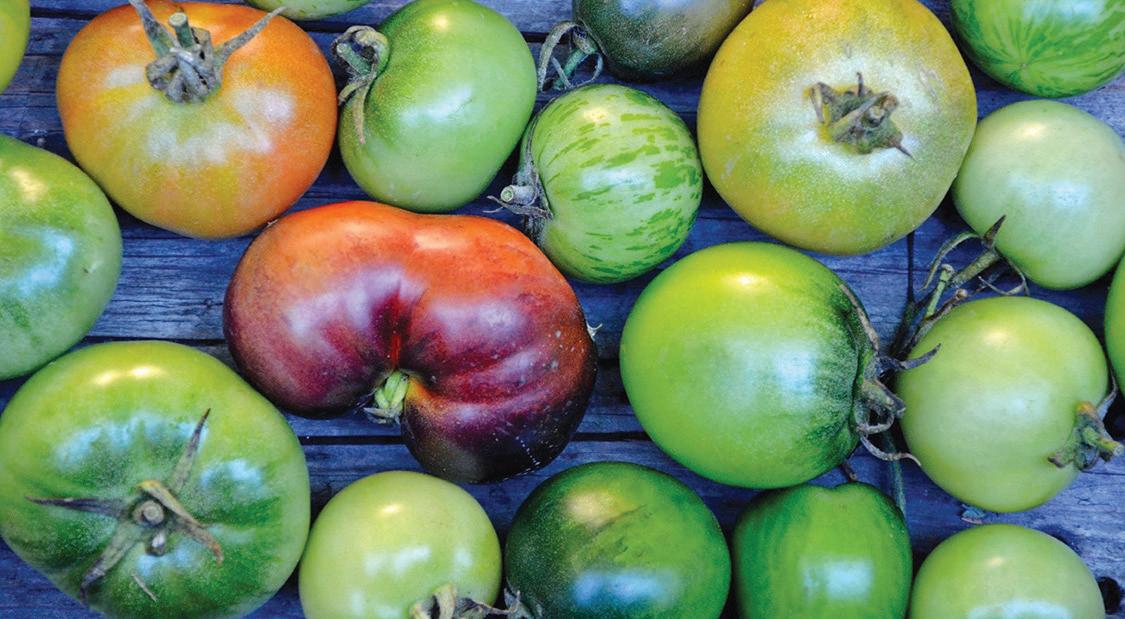
QUALITY STROKES PAINTING
Interior & Exterior · Commercial & Residential
Michael Marshall 508 August Street Easton, MD Free Estimates
M.H.I.C. #35075 Phone: 410-714-8345 Fax: 410-822-4795 qstroke@yahoo.com
dry place at 55-60°. If held at 50° or below, pumpkins and squash are subject to damage by chilling. At temperatures above 60°, they gradually lose moisture and become stringy.
And don’t forget to add fall color to the landscape! Buy your pansies, snapdragons and mums now, and set them out in the flower beds to add to the already colorful display of fall leaf foliage. When planted in fall, pansies will become established and survive the winter to bloom again in early spring. Pansies are customarily removed when they begin to decline in the early summer heat.
Also consider planting asters for late summer and fall flowering effects. Colored “flowering” cabbage and kale are also good additions for color. The coloration in these plants comes from the red, purple and white color of the foliage. The colors intensify as the weather gets colder, and they usually provide a lasting presence through the end of December. Happy Gardening!
Marc Teffeau retired as Director of Research and Regulatory Affairs at the American Nursery and Landscape Association in Washington, D.C. He now lives in Georgia with his wife, Linda.
Pamela P. Gardner, AIA, LLC

311 N. Aurora St., Easton · 410-820-7973 · pam@ppgaia.com www.pamelagardneraia.com
